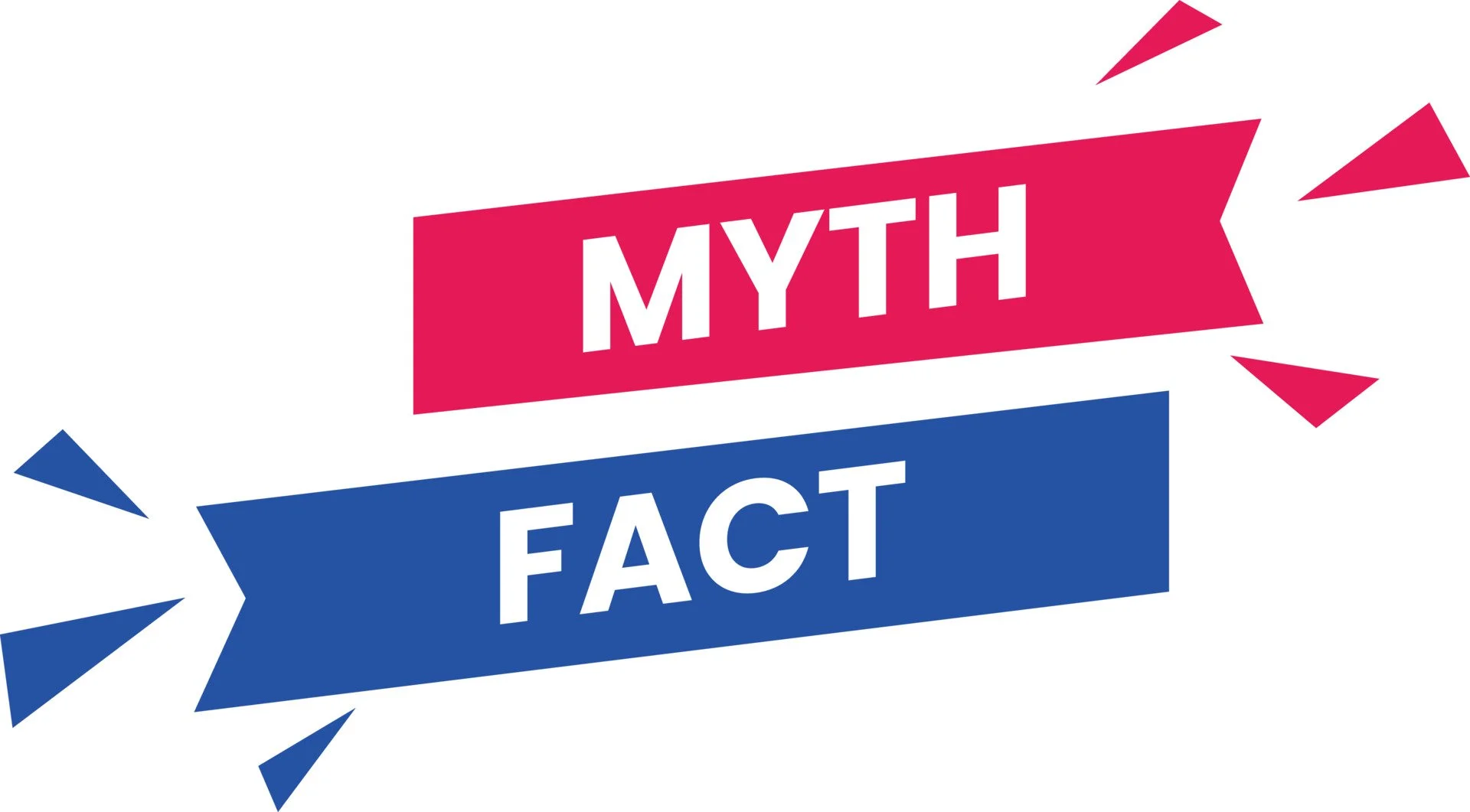

Bed bugs hide in various places, not just beds. Thorough inspection and treatment are needed for effective control.
Bed bugs are a common problem that can cause significant distress and inconvenience. Despite the extensive information available, several myths about bed bugs continue to circulate, leading to misunderstandings and ineffective pest control strategies. Debunking these myths is crucial for addressing bed bug infestations effectively. Professional bed bug pest control services play a key role in managing these pests and preventing their recurrence. Here are some of the most common myths about bed bugs and the truths behind them.
Myth: Bed Bugs Only Infest Dirty Homes
One of the most pervasive myths is that bed bugs only infest dirty or unkempt homes. This misconception often leads to unnecessary stigma and shame for those experiencing an infestation. In reality, bed bugs are not attracted to dirt or filth. They seek out warmth, carbon dioxide, and blood, which are present in all homes, regardless of cleanliness. Bed bugs can infest any environment, from the most immaculate homes to the dirtiest. Regular cleaning and decluttering can help detect infestations early but will not necessarily prevent them.
Myth: Bed Bugs Transmit Diseases
Another notable myth is that bed bugs transmit diseases. While bed bugs are indeed a nuisance, they are not known to transmit any diseases to humans. The main health concern associated with bed bugs is the itching and discomfort caused by their bites. In some cases, excessive scratching of bites can lead to secondary infections. The psychological stress and anxiety resulting from an infestation can also have significant impacts on well-being. Consulting with bed bug experts can help manage infestations effectively and alleviate related stress.
Myth: Bed Bugs Only Live in Beds
The name “bed bug” might suggest that these pests are confined to beds, but this is not the case. While beds are a common hiding place due to the proximity to a food source (sleeping humans), bed bugs can be found in many other locations. They can hide in furniture, cracks in walls and floors, behind baseboards, in electrical outlets, and even in personal belongings such as bags and clothing. Bed bug pest control involves thoroughly inspecting and treating all potential hiding places to eliminate the infestation completely.
Myth: Bed Bugs Are Too Small to Be Seen
Bed bugs are often thought to be too small to be seen with the naked eye, leading some to believe that an infestation is impossible to detect. Adult bed bugs are actually roughly the size of an apple seed and can be found if one knows what to look for. They are reddish-brown, flat, and oval-shaped. Bed bug nymphs and eggs are smaller and more difficult to see but are still visible. Regular inspections by bed bug experts can help identify these pests early, preventing a minor problem from becoming a major infestation.
Myth: Bed Bugs Only Come Out at Night
While bed bugs are nocturnal and more active at night, they are not strictly confined to nighttime feeding. Bed bugs will adjust their feeding schedule to align with the availability of their food source. If a person works at night and sleeps during the day, bed bugs will adapt and feed during the day. Understanding this behavior is important for effective bed bug pest control, as it highlights the need for comprehensive treatment at all times.
Myth: Throwing Away Infested Furniture Will Eliminate Bed Bugs
Many people believe that disposing of infested furniture will solve a bed bug problem. While the removal of heavily infested items can be part of the solution, it is not a standalone fix. Bed bugs can easily move to other parts of the home and hide in various places. Professional bed bug pest control treatments are necessary to eliminate all bed bugs from the property. This process involves treating furniture, carpets, cracks, and crevices throughout the home.
Myth: Bed Bugs Can Fly or Jump
Bed bugs do not have wings and cannot fly or jump. They are excellent crawlers and can move quickly over floors, walls, and ceilings. Their primary mode of transportation is crawling, but they can also spread by hitchhiking on clothing, luggage, and other personal items. This ability to travel with humans is why bed bugs can spread so rapidly and infest various locations.
Myth: DIY Treatments Are Sufficient
There is a common belief that do-it-yourself treatments are enough to eliminate bed bug infestations. While some DIY methods can help manage minor issues, they are often insufficient for dealing with a full-blown infestation. Over-the-counter sprays and treatments may not reach all hiding places, and bed bugs can develop resistance to certain chemicals. Professional bed bug pest control services have access to more effective treatments and the expertise to eradicate bed bugs completely.
Myth: Bed Bugs Prefer Unsanitary Conditions
Bed bugs do not have a preference for unsanitary conditions. They are attracted to warm-blooded hosts and can thrive in any environment that provides food. This means that bed bugs can be found in clean, sanitary homes and establishments just as easily as in unsanitary ones. Regular inspections and professional treatments are key to preventing and controlling infestations, regardless of the cleanliness of the environment.
Bed Bugs Arizona offers a free, in-home bed bug inspection and a one-year warranty on all bed bug services. No obligation. We specialize in apartment communities. Our fast, certified technicians provide the Bed Bug Pro-Treat Plus method of bed bug removal to Phoenix and surrounding cities in a 100-mile-plus radius, including Flagstaff, Globe, and Casa Grande. Veteran and senior discounts. Call now at (623) 451-0541.
